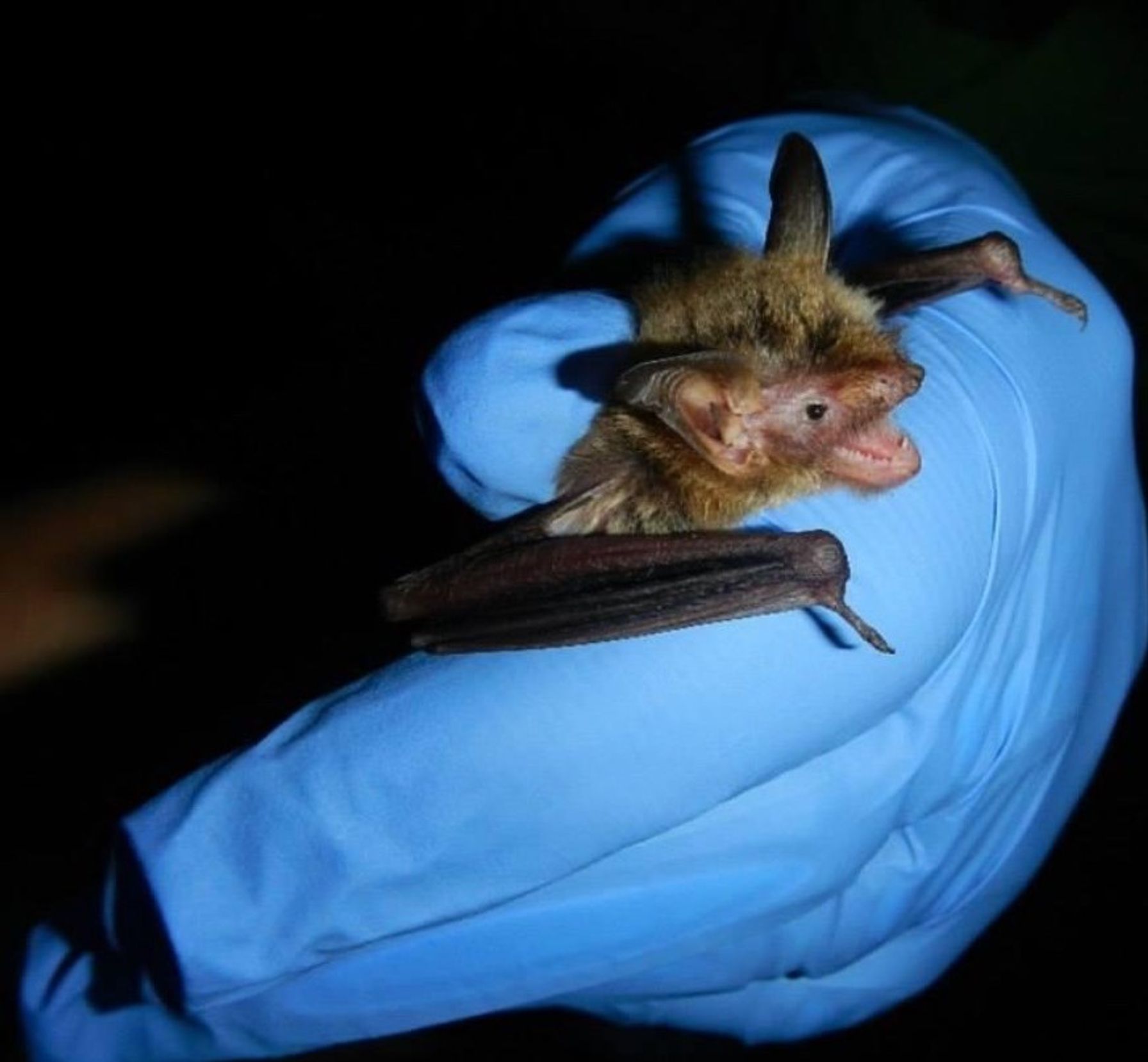
On November 30, 2022, the United States Fish & Wildlife Service (USFWS) published a final rule to the Federal Register to change the listing status of the northern long-eared bat (Myotis septentrionalis) from threatened to endangered.
Background
The USFWS was required by a court of law to re-review the listing status of the northern long-eared bat and publish a final rule by November 30, 2022. The final rule listing this species as endangered will go into effect after 60 days from publishing in the federal register (January 30, 2023). In the interim, the 4(d) rule will still apply to the species and tree clearing can occur during this time, as long as the project complies with the 4(d) rule and all other applicable permits have been obtained. After January 30, 2023, the 4(d) rule will no longer apply to the northern long-eared bat because 4(d) rules cannot be used for endangered species.
On December 2, 2022, the USFWS Midwest region held an informational call about the listing status change of the northern long-eared bat. They indicated there will be several tools that will be available once the final rule goes into effect. These tools include an updated range map, a northern long-eared bat determination key, interim guidance, and wind guidance. The determination key will be for non-wind projects, which include minimal tree clearing during the non-active season (dates may vary by state).
Wind projects and projects that include summer tree clearing and/or extensive tree clearing will need to consult with their local USFWS field office. The interim guidance is meant to avoid project schedule delays for projects that are currently covered under the 4(d) rule and have completed consultation with the USFWS. The wind guidance is meant to streamline consultation for wind projects. These tools are still in development and will not be finalized until January 30, 2023.
Project Implications
For projects that are currently covered under the 4(d) rule, for which the only impacts to bats are from tree clearing, and all other applicable permits have been obtained, TRC recommends clearing trees before January 30, 2023, if possible.
According to the USFWS, the interim guidance will likely allow for tree clearing during the non-active season (dates may vary by state) for projects that are currently covered under the 4(d) rule and have completed consultation with the USFWS. Exact dates will not be known until the interim guidance is final. For wind projects, TRC recommends reaching out to the local USFWS field office for guidance. As noted, guidelines specific to wind projects will be available by January 30, 2023.
TRC will continue to provide updates on the listing status change of northern long-eared bat as they are provided by the USFWS. Reach out to TRC Bat Biologist Lisa Downing-Schmidt to coordinate a meeting with USFWS and see if this new listing will affect your project plan and schedule.
